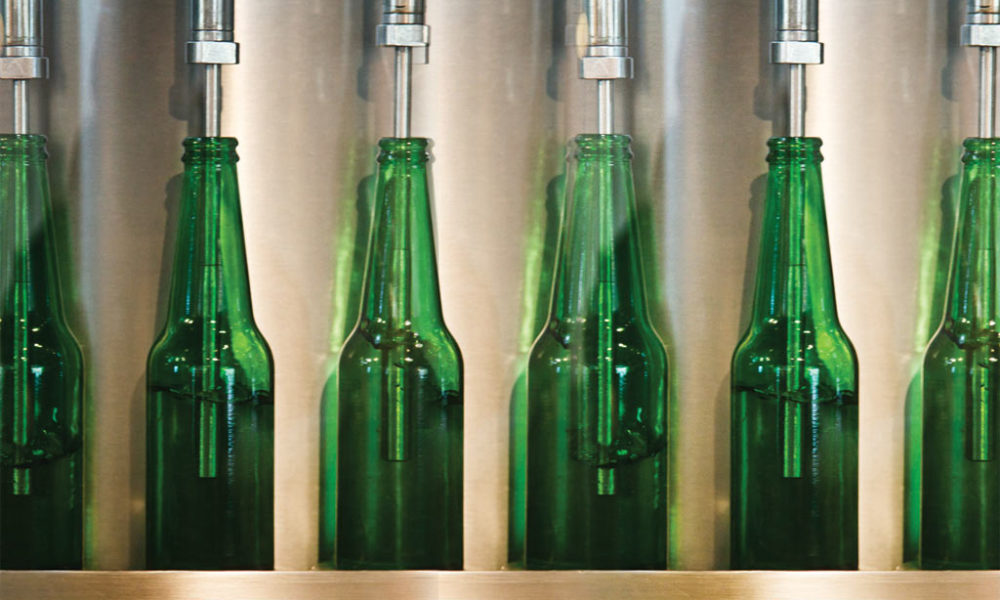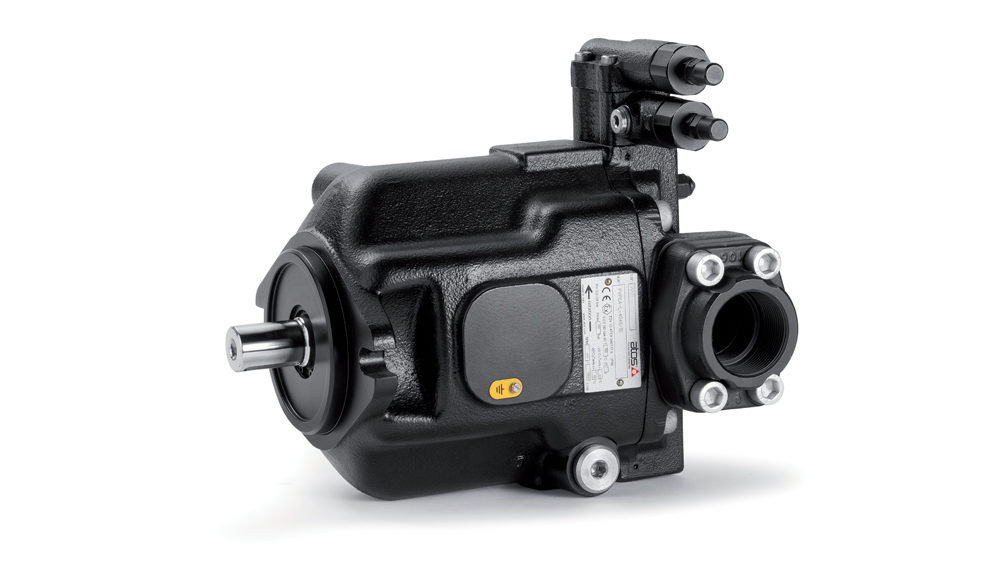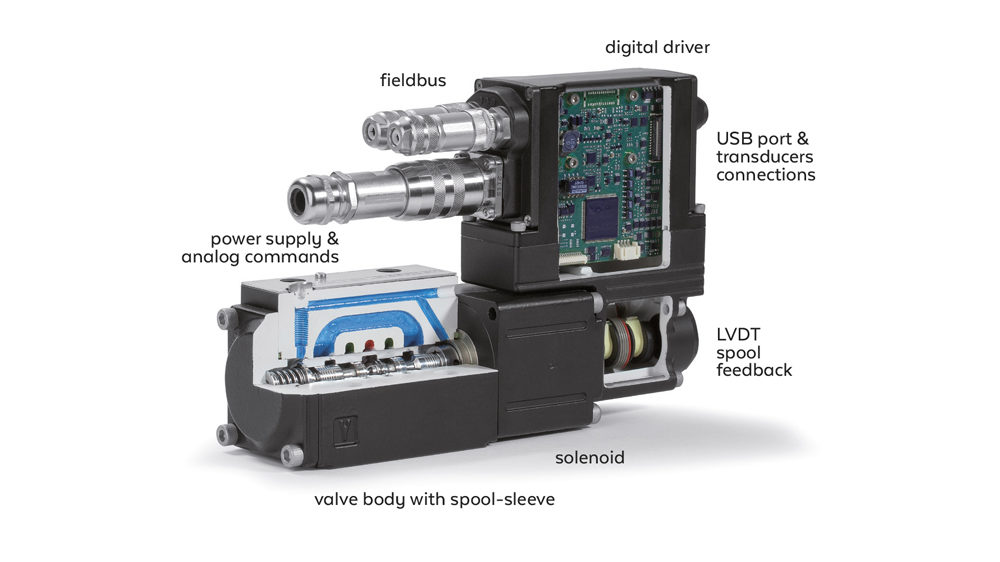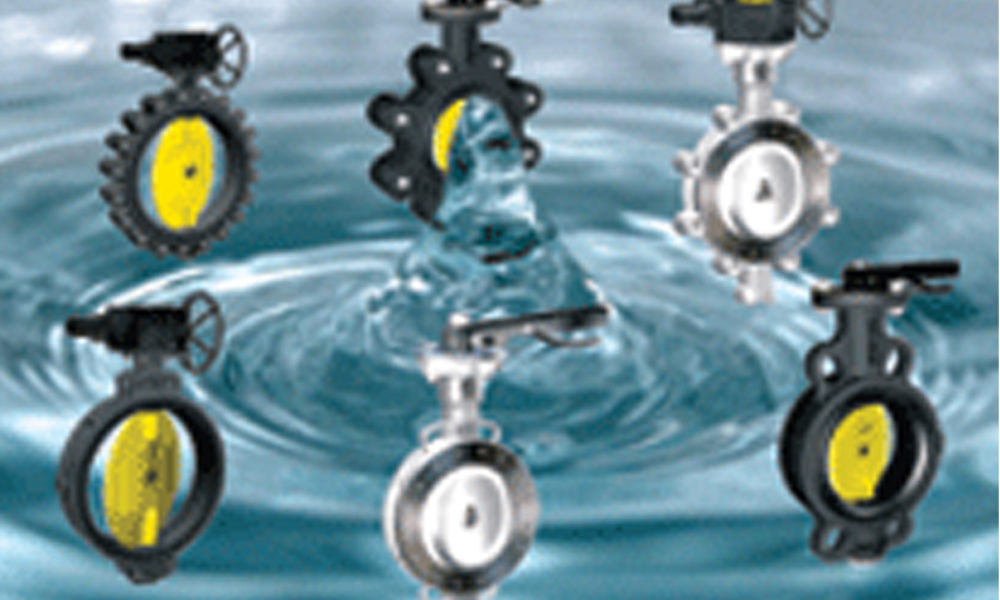Pumps and Valves: The life of F&B industry
By OEM Update Editorial November 1, 2016 5:28 pm IST
Food and Beverage Industry is an area where Pumps and Valves play a lead role. We take a look at the innovations that have come up in the area of Pumps and Valves.
With the day to day modernisation and advancing of the technology, our lives have become very much convenient. The Midas of modernisation has also touched the pumps and valves industry.
Amongst all the industries, it is the food and beverage industry that ensures that the products are created, packed and consumed in the safest possible way. The automation equipment that handles the food products are crucial when it comes to the quality of the material that is being processed.
Even though the system is automised, there are chances that unwanted materials get introduced in the foods and beverages. As a product is processed, through handling equipment, it can move through a series?of pumps, motors, valves, sensors and fittings, where lubricants such as O-ring grease can come into direct contact with it. FDA has clear guidelines on contaminants, which, at acceptable levels, are known to not cause harm.
However, newer automated system designs that employ pre-packed, sterilized, FDA-approved tubing or membrane bags can offer a new alternative for potentially reducing bacterial contamination. In this case, possible contamination is further reduced by using a pinch valve that interacts with the tubing and never touches the beverage or food media being processed.
With traditional systems, where the composition of the component material is in direct contact with the food or beverage, a pause or shutdown of the line is needed to complete periodic cleaning or service. By utilizing components such as pinch valves, along with tubing or membrane barrier material, servicing or replacing that component becomes a quick and easy task. A pinch valve can be quickly serviced or replaced without a complete shutdown and re-cleaning of the line which can maximize productivity and reduce costs.
Pinch valves can also be designed for a complete wash down cleaning or sterilization procedures that does not require them to be removed from equipment. For example, a similar market, biopharm, uses traditional stainless steel equipment for bioreactor cell growth and downstream processing. Newer technological advancements over the past decade have spawned a new method that uses single-use disposable technologies, referred?to as “SUD” or “SUT.” These have been adopted by pharmaceutical manufacturing companies as an effective alternative and complement?to traditional methods. SUDs utilize disposable, closed membrane bags and tubing while traditional systems had the media running in direct contact through many wetted components.
Pinch valve performance is primarily determined by type. Electric-solenoid and air-pneumatic valves are designed to work effectively with different linear force output capacities and sizes of tubing or membrane bag material. Solenoid pinch valves are generally sized to work with tubing up to 7/16 in. in outer diameter, durometers of 65A and average media pressures of 20 to 30 psi. Pneumatic pinch valves, on the other hand, can work with tubing up to 1.6-in. OD, durometers up to 75A and media pressure up to 80 psi. Each application should be examined to determine how the tube sizing, hardness and media pressure would impact valve choice.
Speaking on the innovations in the pump and the valves for the Food and Beverage Industry, Steven Coupal, Global Diaphragm Pump Engineering Leader ARO, said “Food and beverage industries have very specific criteria when selecting a pump that will best retain product quality, consistency and provide rapid production for faster market delivery. Industries that manufacture products within sanitation and health sensitive environments rely on pumps manufactured to stringent guidelines laid down by various agencies like FDA, EHEDG or 3-A.”
“This is leading to adoption of more innovative polymers and improved processes for maintaining the surface finishes laid down by these agencies.
These guidelines are essential for ensuring that the pumps & machinery intended for Foods, Cosmetics, and Pharmaceuticals must be designed or constructed to avoid risk of infection, sickness or contamination.”
Cookie Consent
We use cookies to personalize your experience. By continuing to visit this website you agree to our Terms & Conditions, Privacy Policy and Cookie Policy.












